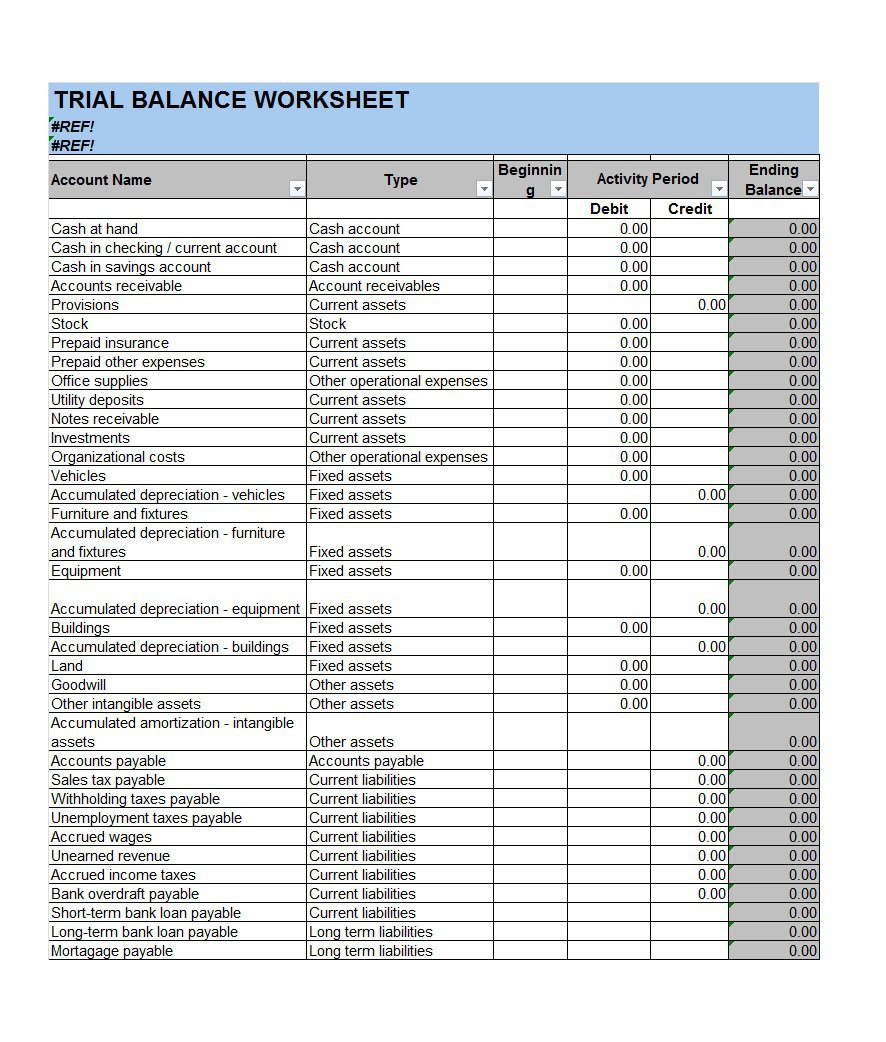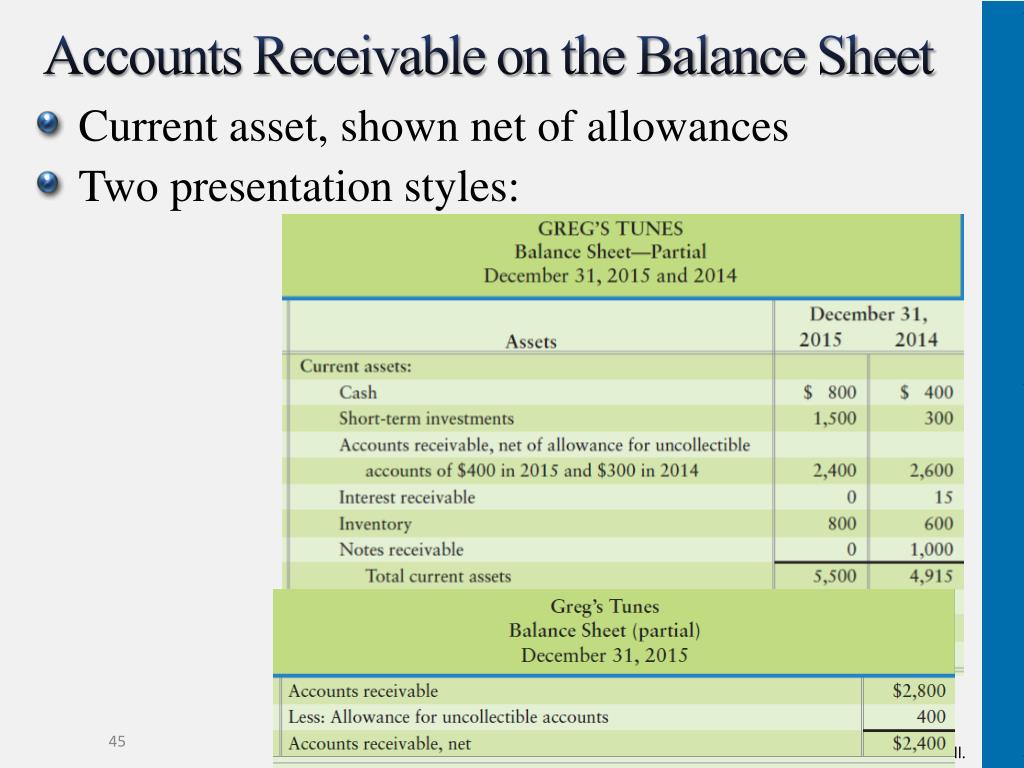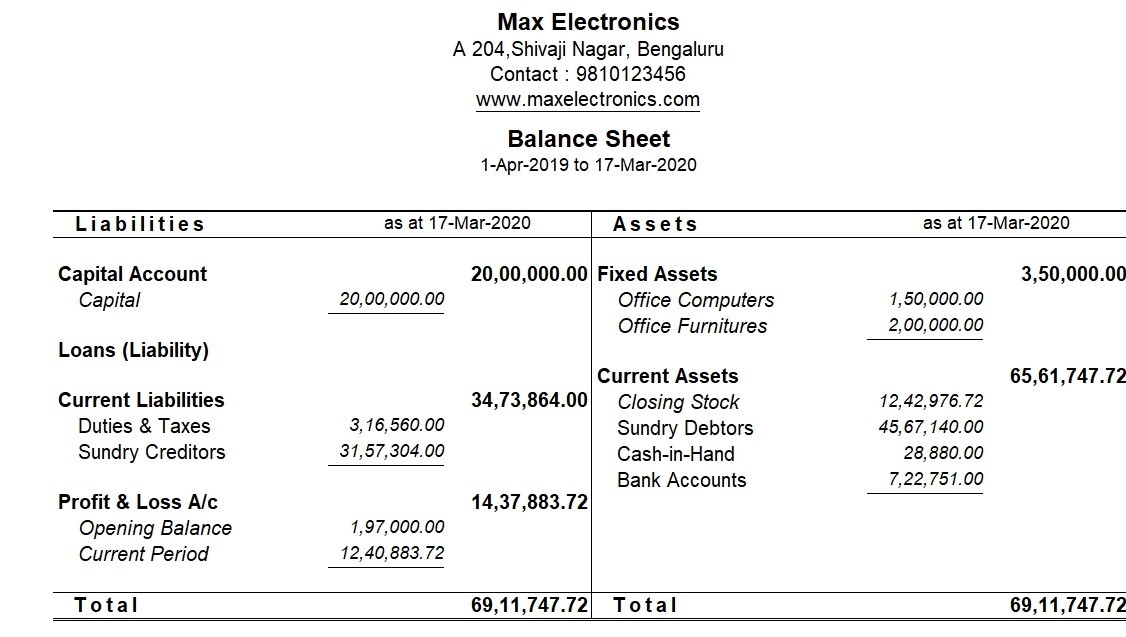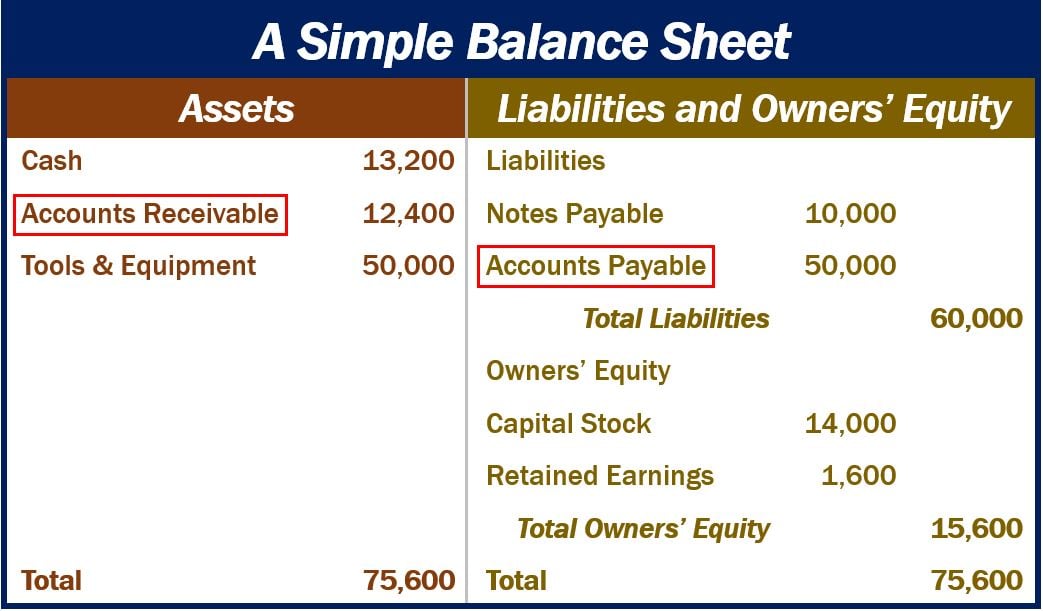Accounts Receivable On The Balance Sheet - Accounts receivable represents money customers owe you for goods or services you already delivered but have yet to get paid for. Businesses record their accounts receivables as an asset on their balance sheet as there’s a legal obligation for their customers to. Understand the placement and impact of accounts receivable on the balance sheet, including valuation, liquidity effects, and. Accounts receivable (a/r) accounts receivable is a current asset recorded on the balance sheet that captures the.
Understand the placement and impact of accounts receivable on the balance sheet, including valuation, liquidity effects, and. Accounts receivable (a/r) accounts receivable is a current asset recorded on the balance sheet that captures the. Businesses record their accounts receivables as an asset on their balance sheet as there’s a legal obligation for their customers to. Accounts receivable represents money customers owe you for goods or services you already delivered but have yet to get paid for.
Understand the placement and impact of accounts receivable on the balance sheet, including valuation, liquidity effects, and. Businesses record their accounts receivables as an asset on their balance sheet as there’s a legal obligation for their customers to. Accounts receivable (a/r) accounts receivable is a current asset recorded on the balance sheet that captures the. Accounts receivable represents money customers owe you for goods or services you already delivered but have yet to get paid for.
Account Balance Spreadsheet Template with 38 Free Balance Sheet
Accounts receivable represents money customers owe you for goods or services you already delivered but have yet to get paid for. Understand the placement and impact of accounts receivable on the balance sheet, including valuation, liquidity effects, and. Accounts receivable (a/r) accounts receivable is a current asset recorded on the balance sheet that captures the. Businesses record their accounts receivables.
PPT Receivables PowerPoint Presentation, free download ID1657894
Accounts receivable represents money customers owe you for goods or services you already delivered but have yet to get paid for. Understand the placement and impact of accounts receivable on the balance sheet, including valuation, liquidity effects, and. Businesses record their accounts receivables as an asset on their balance sheet as there’s a legal obligation for their customers to. Accounts.
Accounts Receivable on the Balance Sheet
Accounts receivable represents money customers owe you for goods or services you already delivered but have yet to get paid for. Businesses record their accounts receivables as an asset on their balance sheet as there’s a legal obligation for their customers to. Accounts receivable (a/r) accounts receivable is a current asset recorded on the balance sheet that captures the. Understand.
Accounts Receivable on the Balance Sheet Accounting Education
Understand the placement and impact of accounts receivable on the balance sheet, including valuation, liquidity effects, and. Businesses record their accounts receivables as an asset on their balance sheet as there’s a legal obligation for their customers to. Accounts receivable (a/r) accounts receivable is a current asset recorded on the balance sheet that captures the. Accounts receivable represents money customers.
What is Accounts Receivables Examples, Process & Importance Tally
Businesses record their accounts receivables as an asset on their balance sheet as there’s a legal obligation for their customers to. Accounts receivable (a/r) accounts receivable is a current asset recorded on the balance sheet that captures the. Accounts receivable represents money customers owe you for goods or services you already delivered but have yet to get paid for. Understand.
What is accounts receivable? Definition and examples
Accounts receivable represents money customers owe you for goods or services you already delivered but have yet to get paid for. Accounts receivable (a/r) accounts receivable is a current asset recorded on the balance sheet that captures the. Businesses record their accounts receivables as an asset on their balance sheet as there’s a legal obligation for their customers to. Understand.
Accounts Receivable (AR) What They Are and How to Interpret Pareto Labs
Understand the placement and impact of accounts receivable on the balance sheet, including valuation, liquidity effects, and. Businesses record their accounts receivables as an asset on their balance sheet as there’s a legal obligation for their customers to. Accounts receivable (a/r) accounts receivable is a current asset recorded on the balance sheet that captures the. Accounts receivable represents money customers.
What are Accounts Receivable and Accounts Payable?
Accounts receivable represents money customers owe you for goods or services you already delivered but have yet to get paid for. Businesses record their accounts receivables as an asset on their balance sheet as there’s a legal obligation for their customers to. Accounts receivable (a/r) accounts receivable is a current asset recorded on the balance sheet that captures the. Understand.
How to Find Accounts Receivable on Balance Sheet
Accounts receivable (a/r) accounts receivable is a current asset recorded on the balance sheet that captures the. Accounts receivable represents money customers owe you for goods or services you already delivered but have yet to get paid for. Businesses record their accounts receivables as an asset on their balance sheet as there’s a legal obligation for their customers to. Understand.
Balance Sheet Covering Account Receivable Property And Equipment
Understand the placement and impact of accounts receivable on the balance sheet, including valuation, liquidity effects, and. Accounts receivable (a/r) accounts receivable is a current asset recorded on the balance sheet that captures the. Accounts receivable represents money customers owe you for goods or services you already delivered but have yet to get paid for. Businesses record their accounts receivables.
Accounts Receivable Represents Money Customers Owe You For Goods Or Services You Already Delivered But Have Yet To Get Paid For.
Understand the placement and impact of accounts receivable on the balance sheet, including valuation, liquidity effects, and. Accounts receivable (a/r) accounts receivable is a current asset recorded on the balance sheet that captures the. Businesses record their accounts receivables as an asset on their balance sheet as there’s a legal obligation for their customers to.


/accounts-receivables-on-the-balance-sheet-357263-final-911167a5515b4facb2d39d25e4e5bf3d.jpg)





